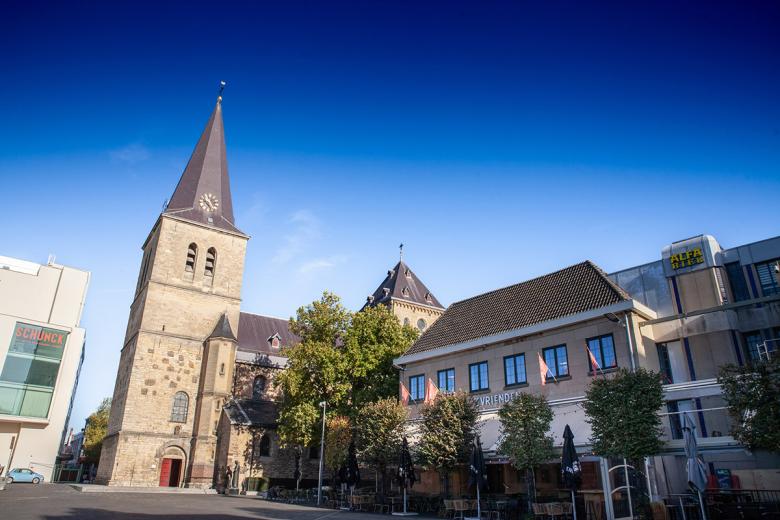Millions for enabling the Einstein Telescope
The construction of the Einstein Telescope is not set to begin until after 2028, but preparations are already in full swing. To ensure the innovative technologies are ready on time, NWO granted 3 million euros to the National Institute for Subatomic Physics (Nikhef) and its university partners, Maastricht University, Vrije Universiteit Amsterdam, and Utrecht University, for research that will make the Einstein Telescope possible.
The Einstein Telescope will search for gravitational waves with an accuracy that is currently unimaginable, detecting waves originating from colliding black holes and other cosmic 'catastrophes.' Some of the key technologies required for the Einstein Telescope need further development to meet the very demanding requirements. There is much work to be done, then, for principal investigator Professor Dr. Stefan Hild and his colleagues at the Gravitational Waves and Fundamental Physics research group at the Faculty of Science and Engineering.
Gravitational waves are incredibly tiny phenomena, and even the smallest disturbances can drown out their signal. Suppressing this 'noise' is one of the biggest challenges the researchers are facing. Even the vibrations of atoms in the telescope’s mirrors can already disrupt the signal. Extreme cold, close to absolute zero, new materials in which atoms vibrate less, and a suspension system that is completely motionless must provide the solution. NWO has allocated 3 million euros from their ENW-XL Open Competition specifically for the development of these innovations. “With this grant, we will be able to really push forward on developing our ideas on how to make the Einstein Telescope a reality”, says Dr. Sebastian Steinlechner, co-investigator at Maastricht University.
About half of the 12 funded PhD students and postdocs will be employed by Maastricht University. Many of the techniques they will investigate will be integrated and verified in the ETpathfinder. Eventually, the Einstein Telescope will not only shed light on black holes but will also provide insights into gravity and our universe. Beyond this, the technological breakthroughs the researchers are working on will find applications in a wide range of scientific and technical fields outside astronomy. The economic impact of developing the telescope could therefore be enormous.

Also read
-
Municipality of Heerlen, Parkstad Urban Region and UM invest 6 million in collaboration
Heerlen grants a one-time contribution of €1,478,050 to Maastricht University as part of the Regio Deal application ‘Fundament onder UM-onderwijs in Heerlen’. This amount comes from the Fonds Economische Structuurversterking (FES). The funding will help establish university education facilities in...

-
To Pluto in one day - Secondary school students present their research at UM
What happens when secondary school students get university-level supervision for their profielwerkstuk? At Maastricht University, students presented their impressive results. Curious how it works? Read the full story!

-
How I rely on my university-taught writing skills, now that I use ChatGPT as my daily assistant at work: perspective of a recent graduate
How does a recent graduate transition from using AI tools with caution at university to embracing them at work? In this article, Helen Frielingsdorf shares her experience of adapting to AI, particularly ChatGPT, in her professional life. She reflects on how the writing skills she developed at...
